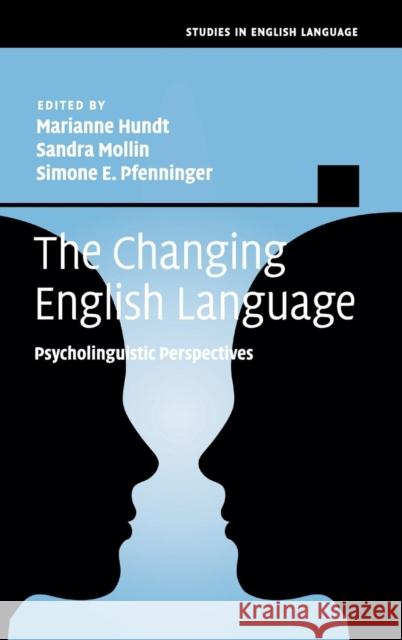The Changing English Language: Psycholinguistic Perspectives » książka
topmenu
The Changing English Language: Psycholinguistic Perspectives
ISBN-13: 9781107086869 / Angielski / Twarda / 2017 / 428 str.
The Changing English Language: Psycholinguistic Perspectives
ISBN-13: 9781107086869 / Angielski / Twarda / 2017 / 428 str.
cena 573,53
(netto: 546,22 VAT: 5%)
Najniższa cena z 30 dni: 564,19
(netto: 546,22 VAT: 5%)
Najniższa cena z 30 dni: 564,19
Termin realizacji zamówienia:
ok. 22 dni roboczych
Bez gwarancji dostawy przed świętami
ok. 22 dni roboczych
Bez gwarancji dostawy przed świętami
Darmowa dostawa!
Experts from psycholinguistics and English historical linguistics address core factors in language change.











